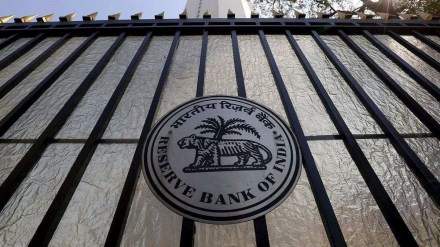With the fiscal health of the states rebounding to pre-pandemic level aided by buoyant revenue collections and prudent expenditure management, a Reserve Bank of India report on Monday said states should mainstream capital expenditure planning rather than treating them as “residuals and first stops” for cutbacks to meet budgetary targets.
Capital spending by states saw a robust 31.7% growth on year at Rs 5.89 trillion in FY22. Strong growth in tax and non-tax revenues, coupled with the advancement of payment by the Centre of tax devolution and GST compensation, provided the required fiscal space to accelerate capex.
The consolidated capital outlay of the states is budgeted to grow by 38.4% on year to Rs 8.19 trillion in FY23, but given the trend till November, this target may be missed by a wide margin.
The combined capex of eighteen states whose finances were reviewed by FE was up just 7.5% on year at Rs 2.41 trillion in April-November of the current fiscal. These states had budgeted a capex of Rs 6.3 trillion for FY23, an increase of close to 40% over the FY22 actuals.
“It is worthwhile to consider creating a capex buffer fund during good times when revenue flows are strong so as to smoothen and maintain expenditure quality and flows through the economic cycle,” according to the RBI’s report titled “State Finances: A Study of Budgets of 2022-23”.
In the pandemic-hit FY21, states’ consolidated gross fiscal deficit (GFD) rose to 4.1% of GDP, the highest level since FY05. However, the spike was short-lived and a reversion to consolidation was crafted in FY22 taking the GFD down to 2.8%, as against the Budget estimate (BE) of 3.5% and revised estimate (RE) of 3.7% for the year. This correction was brought about by higher-than-expected growth in both tax and non-tax revenues. For FY23, the states’ aggregate GFD is set at 3.4%, but it will likely undershoot going by the trends so far, analysts say.
While states’ debt is budgeted to ease to 29.5% of GDP in FY23 as against 31.1% in FY21, it is still higher than the 20% recommended by NK Singh led FRBM Review Committee in 2018, warranting prioritisation of debt consolidation. The undershooting of budgetary targets for key deficit indicators has enabled states to reduce their outstanding liabilities. These developments have extended into FY23 so far.
A coincident indicator of this sustained improvement, the RBI said, is that market borrowings are much lower than in the indicative calendar due to comfortable cash flow positions of the states, boosted by the timely payment of GST compensation by the Centre (May and November 2022) and release of two advance instalments of tax devolution (August and November 2022). “The states need to take advantage of this ‘sweet spot’ by building up fiscal buffers and stepping up capex,” the RBI report said.
The RBI report suggested climate-incentivised borrowing ceilings for states to encourage them to issue green bonds to finance green projects. Also, within the 50-year interest-free capex loans to states, a separate head for climate-related investment projects can be created.
A major risk looming large on the subnational fiscal horizon is the likely reversion to the old pension scheme by some states. The annual saving in fiscal resources that this move entails is short-lived. By postponing the current expenses to the future, states risk the accumulation of unfunded pension liabilities in the coming years.
